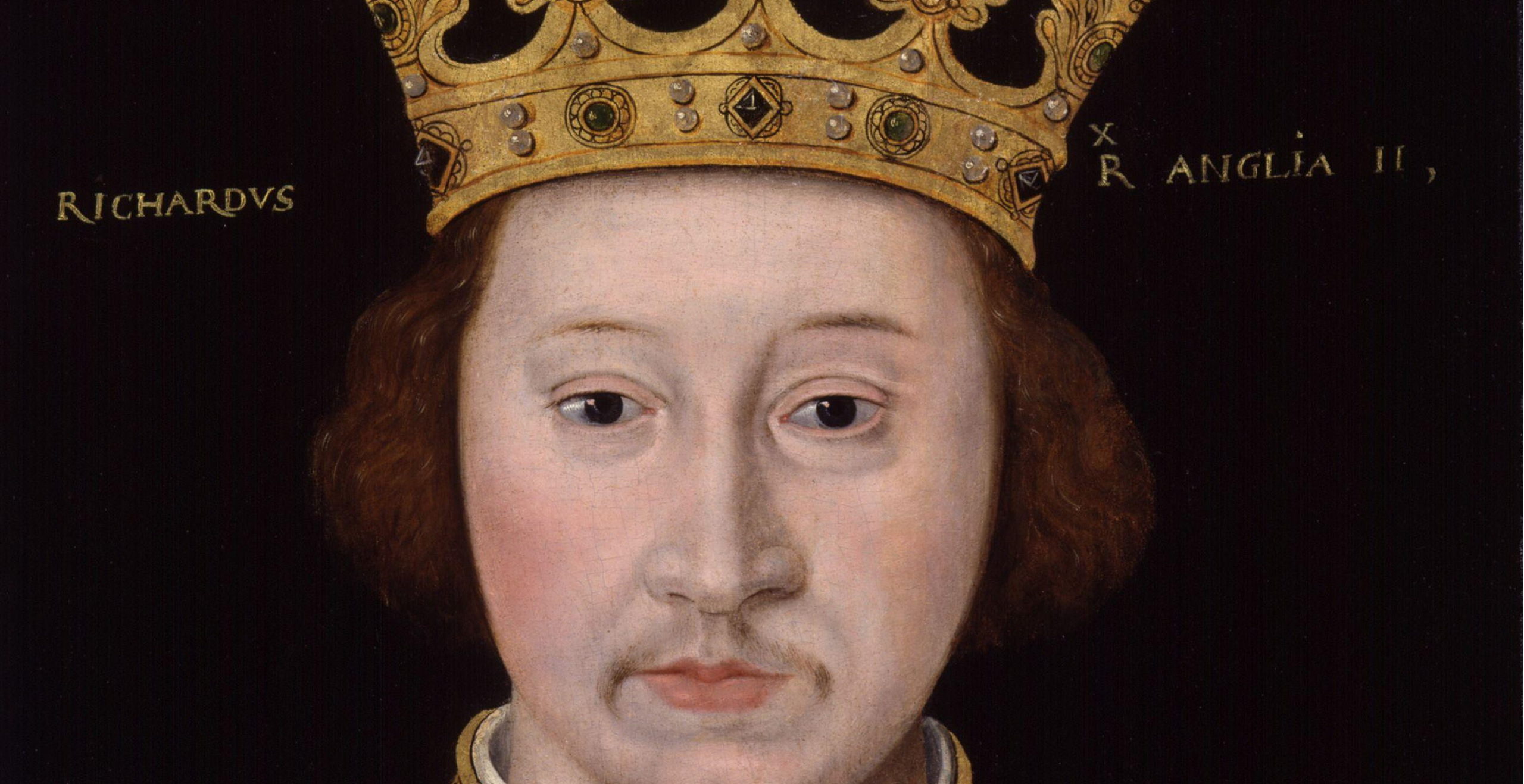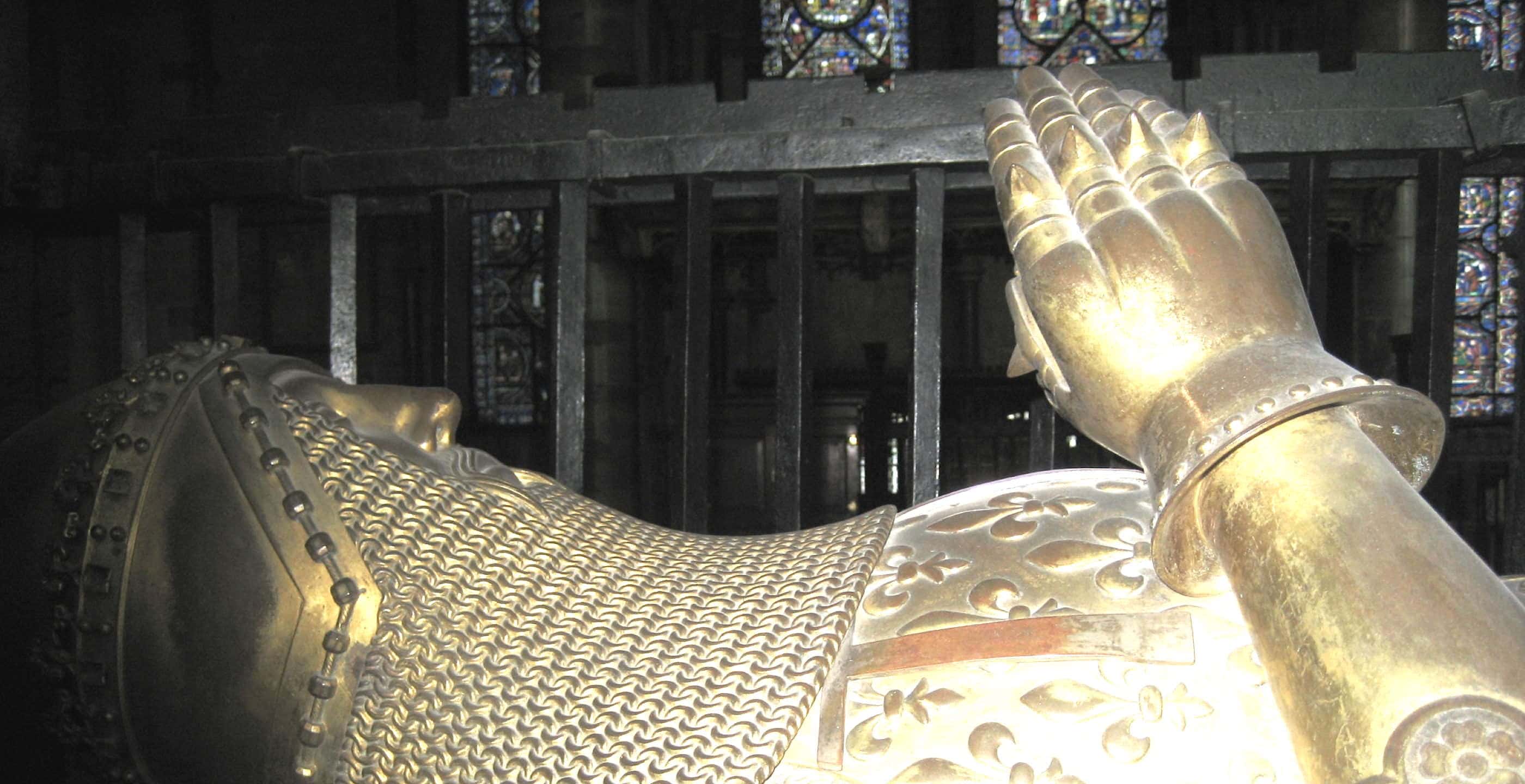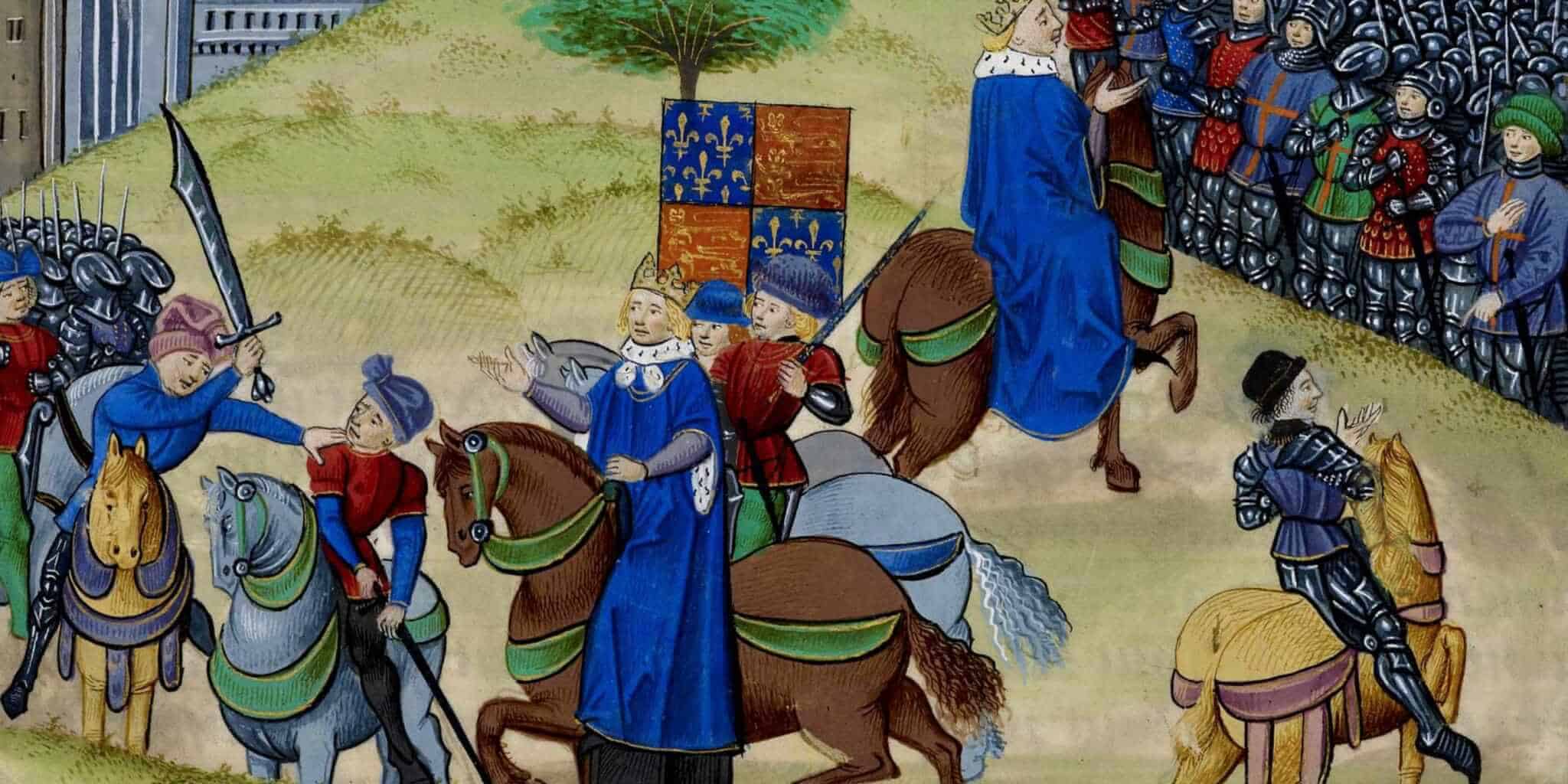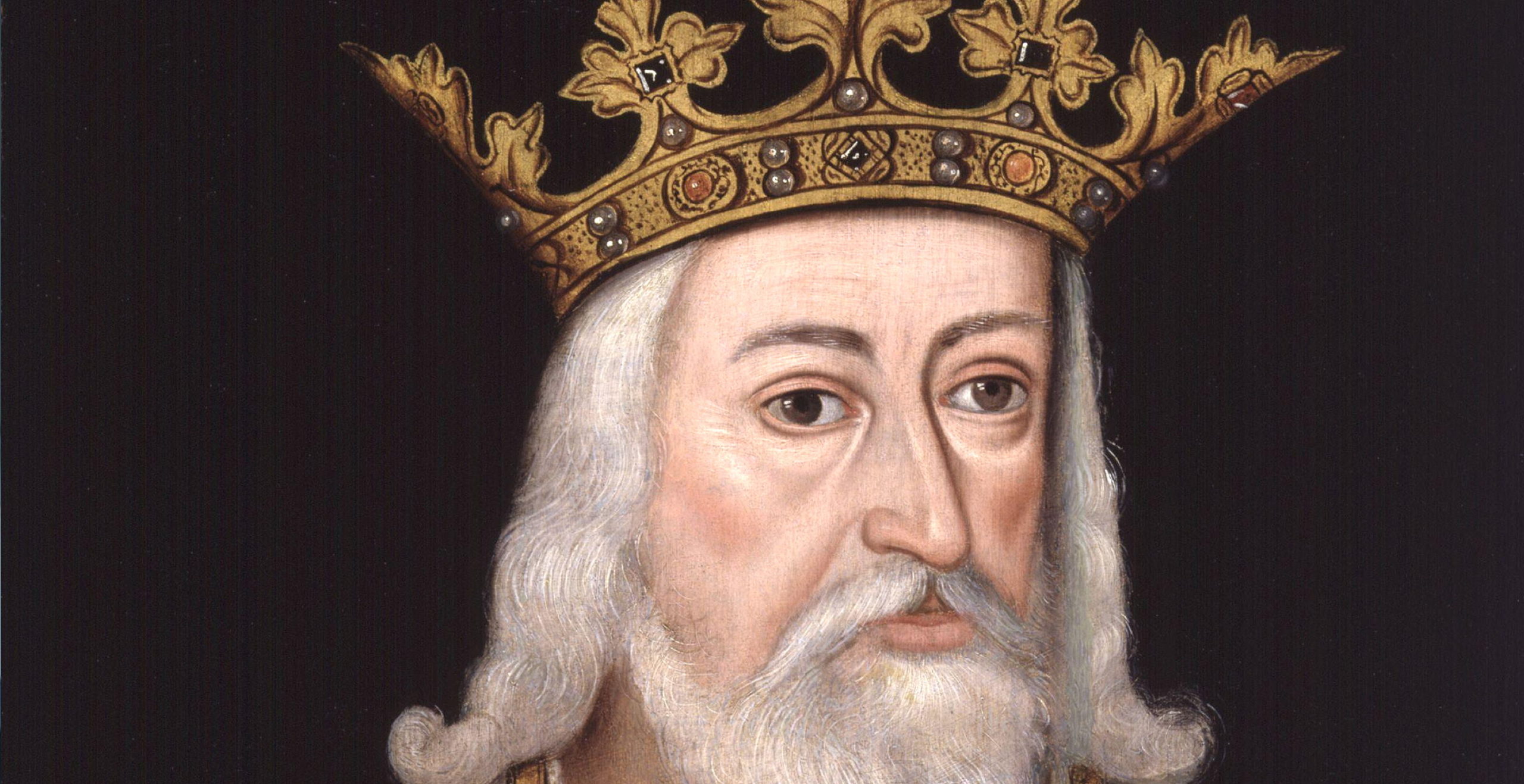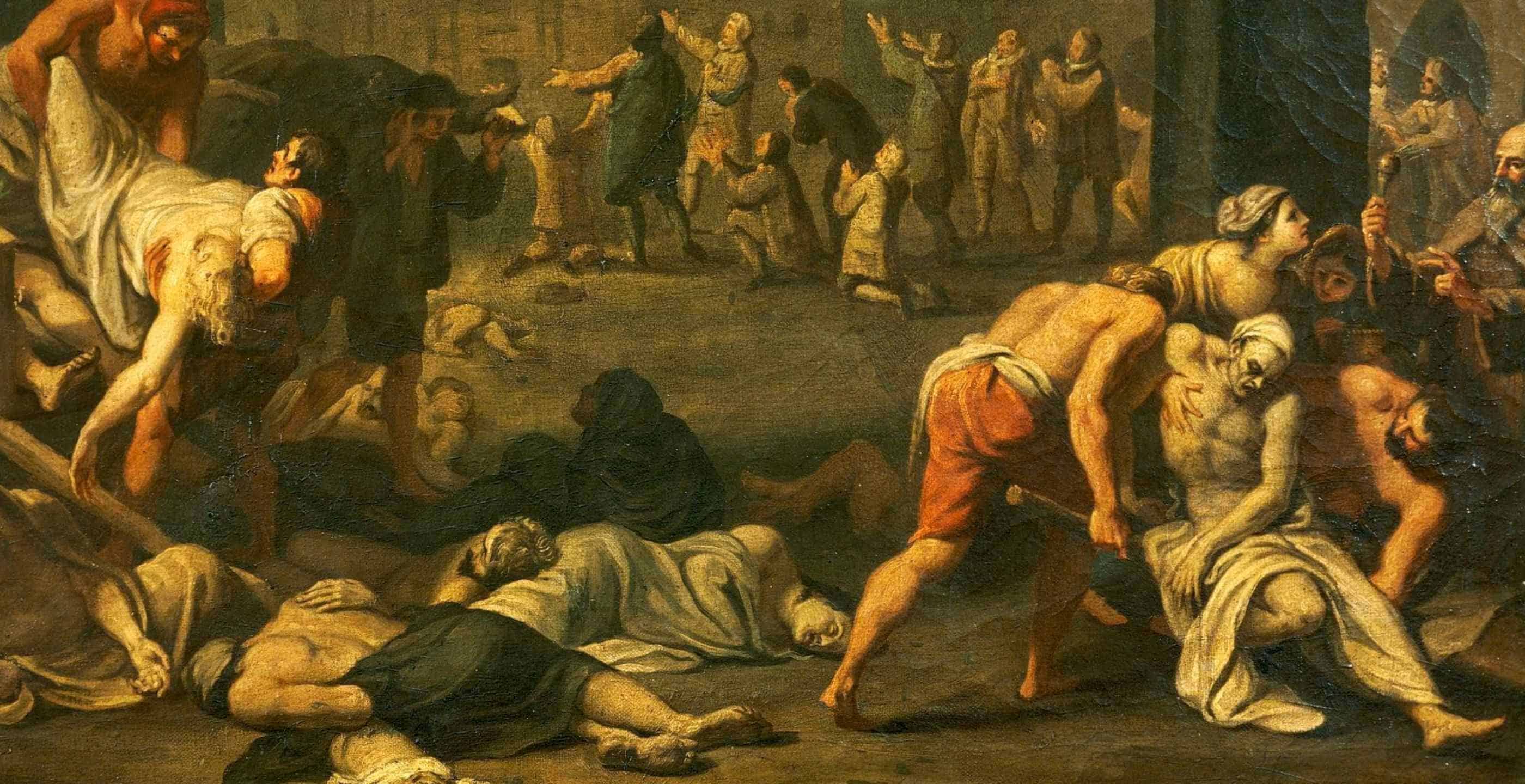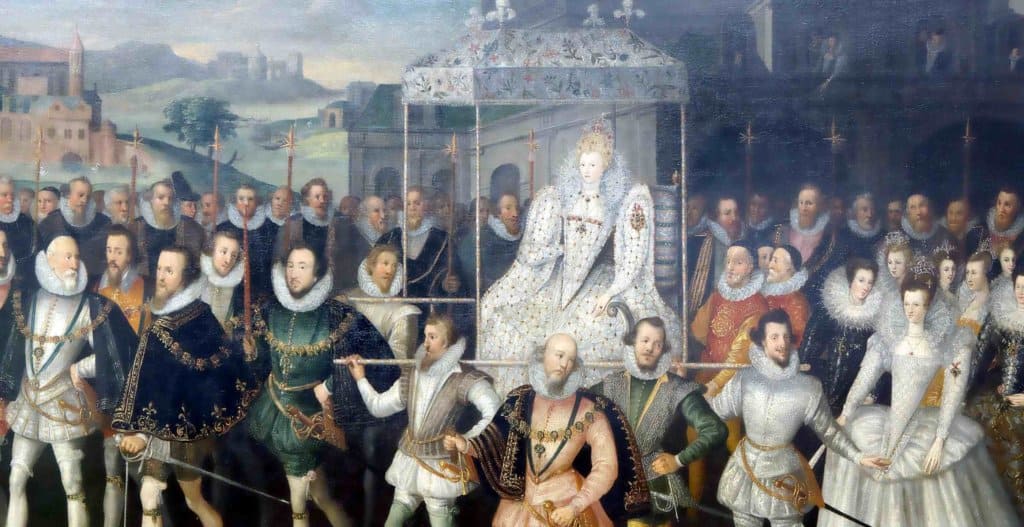At only ten years of age, Richard II assumed the crown, becoming King of England in June 1377 until his untimely and catastrophic demise in 1399.
Born in January 1367 in Bordeaux, Richard was the son of Edward, Prince of Wales, more commonly known as the Black Prince. His father’s successful military escapades during the Hundred Years’ War had won him great plaudits, however in 1376 he succumbed to dysentery and left Edward III without his heir.
Meanwhile, the English Parliament were quick to make arrangements, fearing that Richard’s uncle, John of Gaunt would ascend the throne in place of the Black Prince. In order to prevent this, Richard was given the princedom of Wales and inherited several of his father’s titles, ensuring that when the time came, Richard would become the next King of England.
When Edward passed away after a lengthy fifty year reign, Richard was crowned king at Westminster Abbey on 16th July 1377.
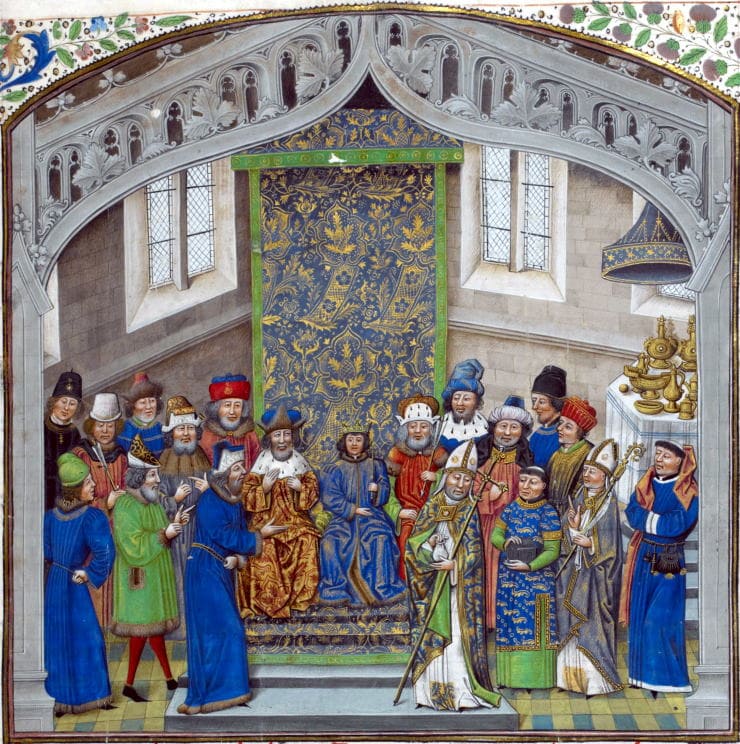
In order to deal with the continued threat that John of Gaunt posed to the young king, Richard found himself surrounded by “councils”, from which Gaunt found himself excluded. The councillors however included the likes of Robert de Vere, 9th Earl of Oxford who would gain considerable control over royal affairs whilst Richard had not come of age. By 1380, the council was viewed with suspicion by the House of Commons and found itself discontinued.
Richard who was still only a teenager found himself in the midst of a volatile political and social situation, one which he had inherited from his grandfather.
The fallout from the Black Death, the continued conflict with France and Scotland, not to mention the increasingly high taxation and the anti-clerical stirrings produced a great surge of grievances which inevitably precipitated social unrest, namely the Peasants’ Revolt.
This was a time when Richard was forced to prove himself, something he did with great ease when he successfully suppressed the Peasants’ Revolt at just fourteen years of age.
In 1381, the combination of social and economic concerns came to a head. The Peasants’ Revolt began in Kent and Essex where a group of peasants, famously led by Wat Tyler, gathered at Blackheath. The army of peasants, almost 10,000 strong had met in London, incensed by the flat rate poll tax. The decaying relationship between peasant and landowner had only been exacerbated by the Black Death and the demographic challenges it had wrought. The poll tax of 1381 was the final straw: anarchy soon ensued.
One of the first targets of this band of peasants was John of Gaunt who had his illustrious palace burnt to the ground. Destruction of property was only the first stage: the peasants went on to kill the Archbishop of Canterbury, who was also Lord Chancellor, Simon Sudbury. Moreover, the Lord High Treasurer, Robert Hales was also murdered at this time.
Whilst the peasants out in the street demanded the end of serfdom, Richard had taken shelter in the Tower of London surrounded by his councillors. It was soon agreed that negotiation was the only tactic they had to hand and Richard II took the lead.
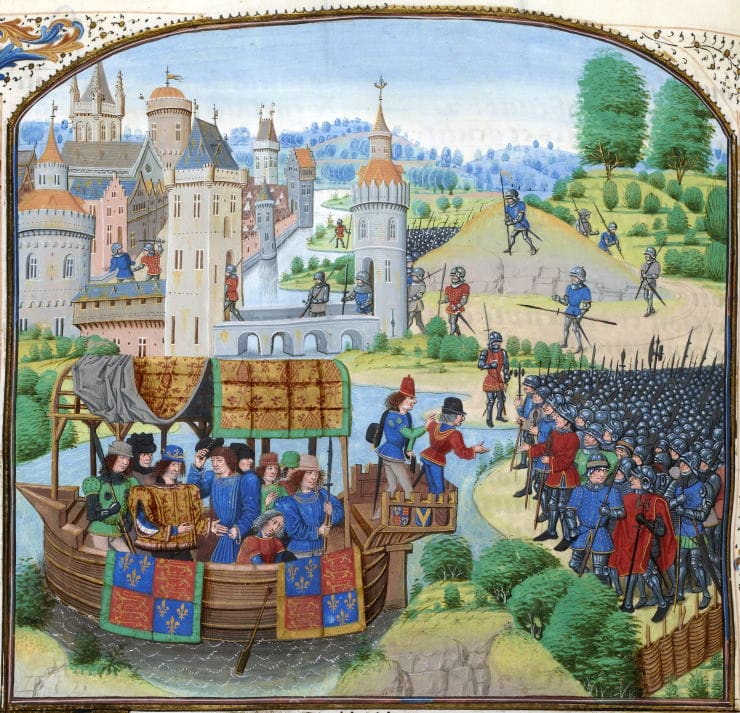
Still only a young boy, Richard twice met with the rebel group, appealing to their calls for change. It was a courageous act for any man, let alone a teenage boy.
Richard’s promises were however doubted by Wat Tyler: this, combined with a restless tension brewing on either side, eventually led to a skirmish. In the chaos and confusion the Mayor of London, William Walworth, pulled Tyler off his horse and killed him.
The rebels were enraged by this act but the king very quickly diffused the situation with the words:
“You shall have no captain but me”.
The rebel group was led away from the scene whilst Walworth gathered his forces. Richard gave the peasant group a chance to return home unharmed, however in the coming days and weeks, with further outbreaks of rebellion popping up across the country, Richard chose to deal with them with far less leniency and clemency.
“For as long as we live we will strive to suppress you, and your misery will be an example in the eyes of posterity”.
The leaders were executed and with the last of the rebels defeated in Billericay, Richard suppressed the revolutionaries with an iron fist. His triumph boosted his own self-belief that he had the divine right to rule as king however Richard’s absolutism ran in direct conflict with those in parliament.
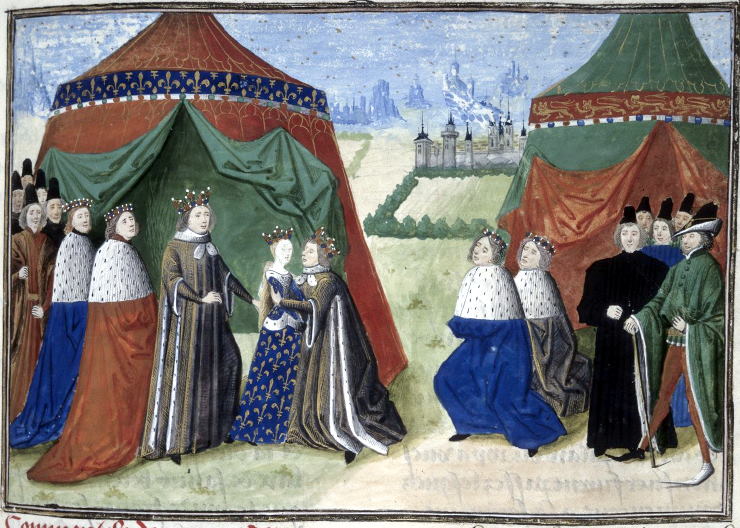
High on his success with the Peasants’ Revolt, in January 1382 he married Anne of Bohemia, the daughter of Charles IV, the Holy Roman Emperor. This marriage had been instigated by Michael de la Pole who held an increasingly significant role in court. The union was a diplomatic one as Bohemia was a useful ally against France in the continuing conflict of the Hundred Yeas War.
Sadly, the marriage did not prove to be a fortunate one. It was not well-received in England and failed to produce an heir. Anne of Bohemia later died from the plague in 1394, an event which greatly affected Richard.
As Richard continued to make his decisions in court, resentment was brewing. Michael de la Pole quickly became one of his favourites, assuming the role of Chancellor in 1383 and taking on the title of Earl of Suffolk. This did not sit well with the established aristocracy who became antagonised by the king’s favourites including another figure, Robert de Vere who was appointed Regent of Ireland in 1385.
Meanwhile, punitive action across the border in Scotland did not bear any fruit and an attack on southern England by France was only narrowly avoided. At this time, Richard’s relationship with his uncle, John of Gaunt ultimately soured and growing dissent would soon find expression.
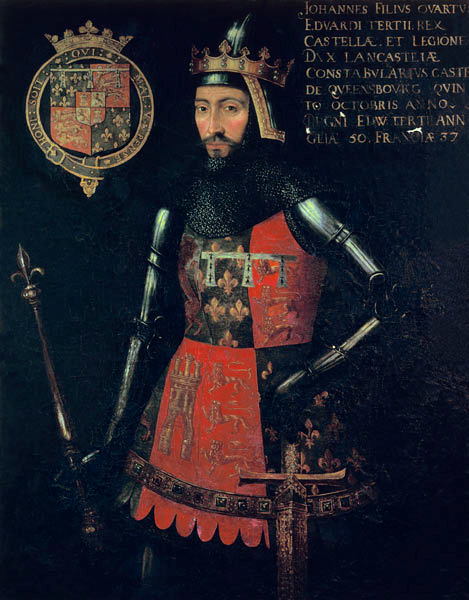
In 1386, the Wonderful Parliament formed with the main aim of securing promises of reform from the king. Richard’s continued favouritism had been increasing his unpopularity, not to mention his demands for more money in order to invade France.
The stage was set: Parliament, both the House of Lords and House of Commons, united against him, targeting Michael de la Pole with impeachment for both embezzlement and negligence.
Those who had launched the impeachment known as the Lords Appellant were a group of five nobles, one of whom was Richard’s uncle, who wanted to curb the increasingly authoritarian powers of both de la Pole and he king.
In response, Richard attempted to dissolve parliament, only to face more grave threats to his own position.
With his own uncle, Thomas of Woodstock, the Duke of Gloucester, leading the Lords Appellant, Richard found himself facing the threat of deposition.
Backed into a corner, Richard was forced to withdraw his support for de la Pole and sack him as Chancellor.
He was also faced with more restrictions on his power to appoint any further positions.
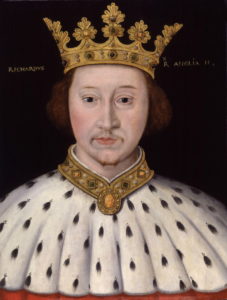
Richard was affronted by this attack on his divine right to rule and set about investigating legal challenges to these new restrictions. Inevitably, the battle would become physical.
In 1387, the Lords Appellant successfully defeated Robert de Vere and his forces in a conflict at Radcot Bridge just outside Oxford. This was a blow to Richard who would be maintained more as a figurehead whilst the real distribution of power lay with the parliament.
The following year, the “Merciless Parliament” sentenced the king’s favourites such as de la Pole who was forced to flee abroad.
Such actions incensed Richard whose absolutism was being called into question. In a few years he would bide his time and reassert his position by purging the Lords Appellants.
By 1389, Richard had come of age and blamed past mistakes on his councillors. Moreover, it was at this time that a reconciliation of sorts manifested itself between Richard and John of Gaunt allowing for a peaceful transition to national stability for the next few years.
In this time, Richard dealt with the pressing issue of the lawlessness of Ireland and successfully invaded with more than 8,000 men. He also at this time negotiated a 30 year truce with France which lasted almost twenty years. As part of this agreement, Richard agreed to a marriage with Isabella, Charles VI daughter, when she came of age. An unorthodox betrothal considering she was only six years old at the time and the prospect of an heir was many years away!
Whilst stability had been steadily growing, Richard’s revenge in the latter half of his reign would exemplify his tyrannical image. A purge on the Lords Appellants took place, with the cull even including his own uncle, Thomas of Gloucester who was imprisoned for treason in Calais only to be subsequently murdered. Meanwhile, the Earl of Arundel met a sticky end when he was beheaded for his involvement, whilst the Earls of Warwick and Nottingham were thrust into exile.
More importantly perhaps was the fate of John of Gaunt’s son, Henry Bolingbroke who was sent into exile for ten years. Such a sentence however was quickly extended by Richard when John of Gaunt died in 1399.
By this point, Richard’s despotism permeated all of his decisions and his judgement of Bolingbroke’s fate would prove his final nail in the coffin.
Bolingbroke’s exile was extended and his estates seized, leading to atmosphere of menace and intimidation. The House of Lancaster represented a real threat to his kingship.
In 1399, Henry Bolingbroke seized his opportunity, invading and overthrowing Richard in a matter of months.
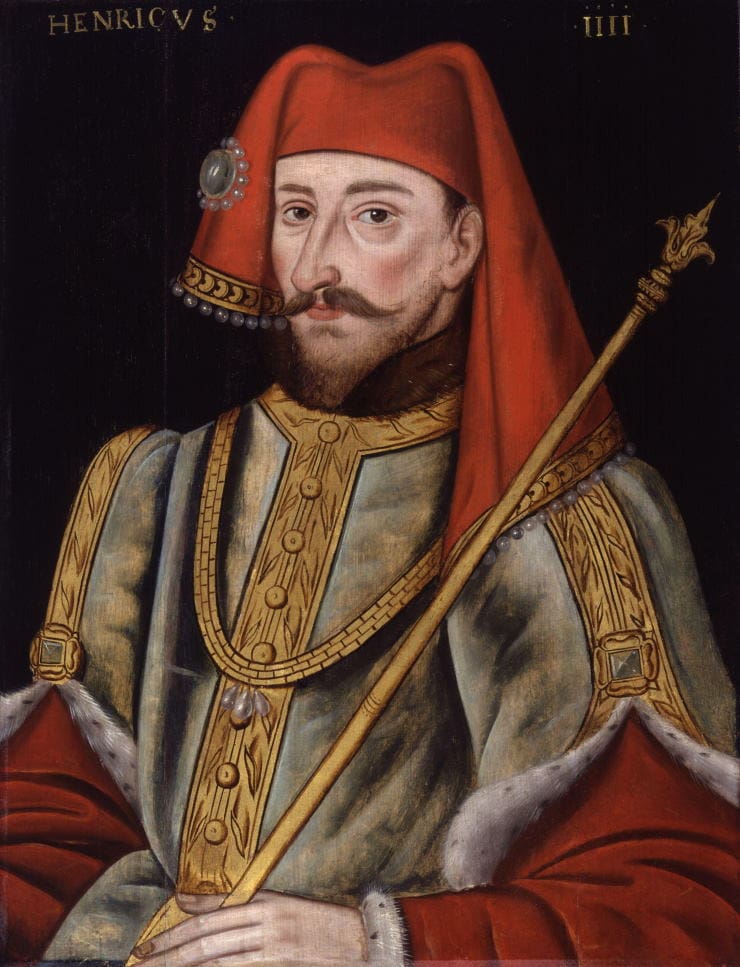
The path for Bolingbroke’s ascension to power was clear and in October 1399, he became King Henry IV of England.
The first task on the agenda: silencing Richard forever. In January 1400, Richard II died in captivity at Pontefract Castle.
Jessica Brain is a freelance writer specialising in history. Based in Kent and a lover of all things historical.
